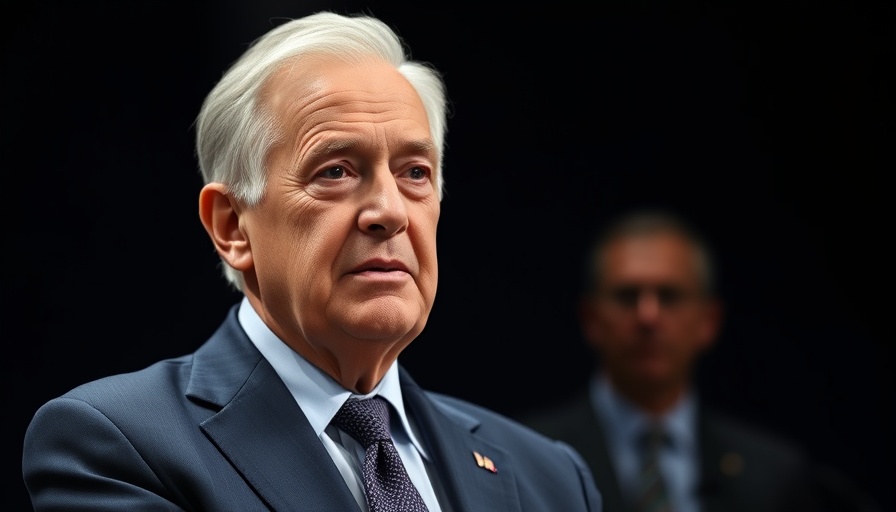
Understanding the Current BRICS Summit Against U.S. Tariffs
In a world increasingly defined by global trading blocs, BRICS—comprised of Brazil, Russia, India, China, and South Africa—is stepping to the forefront amidst escalating trade tensions, particularly concerning U.S. tariffs. As President Lula da Silva of Brazil articulates the need for reciprocity in trade agreements, a united BRICS stance against the protective measures from the Trump administration may reshape international economic dynamics.
Why a United BRICS Front Matters
As trade barriers rise, nations banding together for collective bargaining power have an advantage. Such alliances can lead to more favorable negotiation outcomes, benefitting local businesses in the member countries. The BRICS group represents approximately 42% of the global population and around 26% of the world’s economy, underscoring the potential impact a unified response could have on international business trends.
Historical Context: Tariff Trends and Their Impact
The current BRICS efforts to unify against tariff threats are reminiscent of the trade disputes of the past, where nations turned to alliances to navigate economic pressures. For example, the 2018 U.S. tariffs on steel and aluminum led to retaliatory measures from multiple countries, affecting supply chains and thereby changing market dynamics. Understanding these historical contexts is vital for business professionals as we navigate the current landscape.
Potential Opportunities for Businesses
The BRICS response to tariffs may create openings for startups and established companies alike. A collaborative voice in the global market can enhance the negotiation of lower tariffs on exports, thereby facilitating smoother trade relations. Watching how BRICS manages this could inform strategic decisions for businesses in the growing technology sectors.
Looking Ahead: Predictions for Global Trade Post-Summit
As BRICS diplomats engage in negotiations, the outcomes will undoubtedly influence future trade regulations. If they succeed in presenting a strong united front, it may lead to a new economic framework governing trade relations that benefits multilateral agreements. Business leaders and investors should keep an eye on these developments to align with emerging market opportunities.
The ongoing discussions highlight not just the risks of rising tariffs but also the opportunities they present for innovation and collaboration among businesses in the tech and entrepreneurial sectors. Stronger partnerships fostered through such global alliances can ultimately lead to more resilient economic strategies and sustainable practices across the board.
 Add Row
Add Row  Add
Add 



Write A Comment